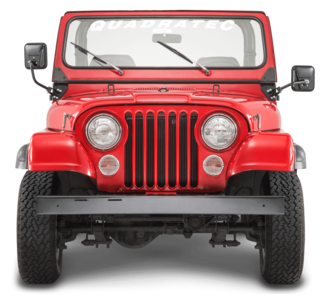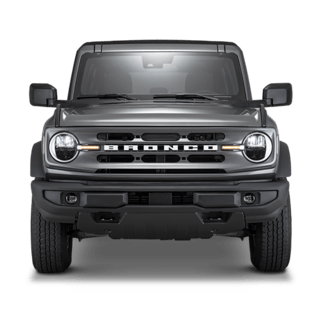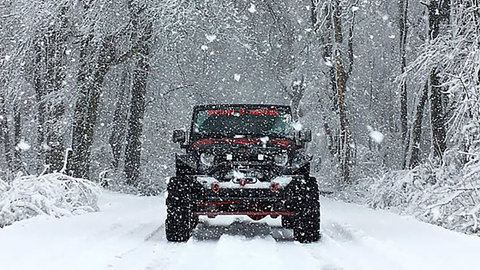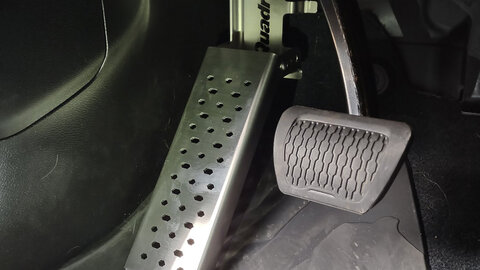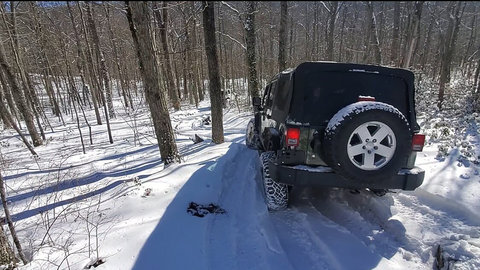by Matt Konkle
Managing Editor
Each year, more and more people become involved in off-roading as it is a great way to have fun with your vehicle, test driving skills, and spend time with family and/or friends.
But like a lot of things that involve some risk in everyday life, it is far better to go into something new with some education and a full understanding of what is involved.
With off-roading adventure comes responsibility, and what often separates seasoned trail drivers from weekend thrill-seekers isn’t just horsepower—it’s respect for the land, fellow enthusiasts and the culture itself.
Sure, you can turn the key and just go, but understanding proper trail etiquette can mean the difference between a fun day, weekend, or week off-pavement, versus some accident — or worse.
Why does trail etiquette matter?
Following proper trail etiquette isn’t just good form—it preserves your reputation, safeguards access to public lands, and maintains goodwill with fellow off-road adventurers. Respect the unwritten pact between drivers, trails, and nature, and you'll help ensure that the freedom of off-roading thrives for years to come.
So, before firing up your engine, do your research. Understand trail requirements, access permissions and local regulations. Some areas demand permits or seasonal restrictions and most of that information can be found online. Missing these details may damage your rig and can cost you trail access rights.
One of the biggest off-road rules is simply to always stay on the trail. Veering off established paths inflicts costly damage on fragile ecosystems and can cause the trail to widen, which can cause erosion, harm to animal habitats and vegetation. This means heading over obstacles instead of creating your own path around them, unless there is already an established bypass.
While traversing any trail, courtesy can’t be ignored. Understand that any vehicle traveling uphill always has priority—losing momentum can mean getting stuck. When encountering hikers, bikers, or horseback riders, slow down and yield as they’re far more vulnerable than you. When approaching any curve, you should always expect oncoming traffic and give as much room as possible. Also, never stop at these curves when you can't see around them. Similarly, don’t follow too close when traversing obstacles. Make sure the vehicle in front of you has plenty of space to operate before you proceed.
On dusty trails, give the vehicle ahead plenty of breathing room. If you can’t see their wheels, you’re too close. Tailgating reduces traction, risks collisions and creates visibility hazards for everyone behind you.
Another important off-road rule is never to venture out alone. Your Jeep is part of a community, not a solo act. And when you head out, make sure you have essential recovery gear. Things like tow straps, tools, shovels, D-rings or soft shackles, first-aid kits and gloves. Most of these can be purchased in an all-inclusive recovery kit. If someone is in trouble, lend a hand. It’s an unwritten but unbreakable rule.
When you are spending time on a trail, it is usually for the entire day. That means lunch, snacks, maybe dinner. And the wilderness isn’t your trash can. What you bring in, you need to bring out. Trash, broken parts, or even organic waste can upset wildlife, pollute water sources and permanently close trails. Pack it out with trash bags or something like mesh sacks that attach around your spare tire. Be respectful and Tread Lightly!
Additionally, most trails are not one-way, and you may pass other groups, hikers, mountain bikers, or side-by-side vehicles during your travels. So, communication is essential — not only between your group, but also towards anyone coming the other way. These days, GMRS radios are not expensive and provide plenty of signal range, so you and anyone in your group should have one to keep up with changing trail conditions.
Then, communicating the size of your group to the lead oncoming vehicle will help them let theirs know what to expect. Communication keeps everyone safe and informed. Also, remember to maintain visual contact with the vehicle behind you and/or use those radios so no one gets left behind. As many trail systems offer multiple routes along the way, it can be easy to lose contact with group members if you are not careful. It's vital to ensure no one gets separated—or stranded.
As far as playing music or for those with throatier engines or exhaust kits, excessive noise can unsettle wildlife and ruin the immersive experience for others. So keep it as quiet as possible to maintain the trail’s tranquility.
Finally, never feed animals or try to interact. It can be harmful to both wildlife and humans, fostering dependency or changing natural behaviors.
If you have the time, locate and engage with local trail groups and conservation initiatives—like volunteer maintenance, education, or erosion control to help preserve trail access. Many iconic Jeep trails across the country stay open thanks to efforts by these organizations.
Related Articles:
Top Five Recovery Gear Products
Top Off, Gear Up: The Must Have Summer Accessories to Keep Your Jeep Cool, Clean & Trail Ready






